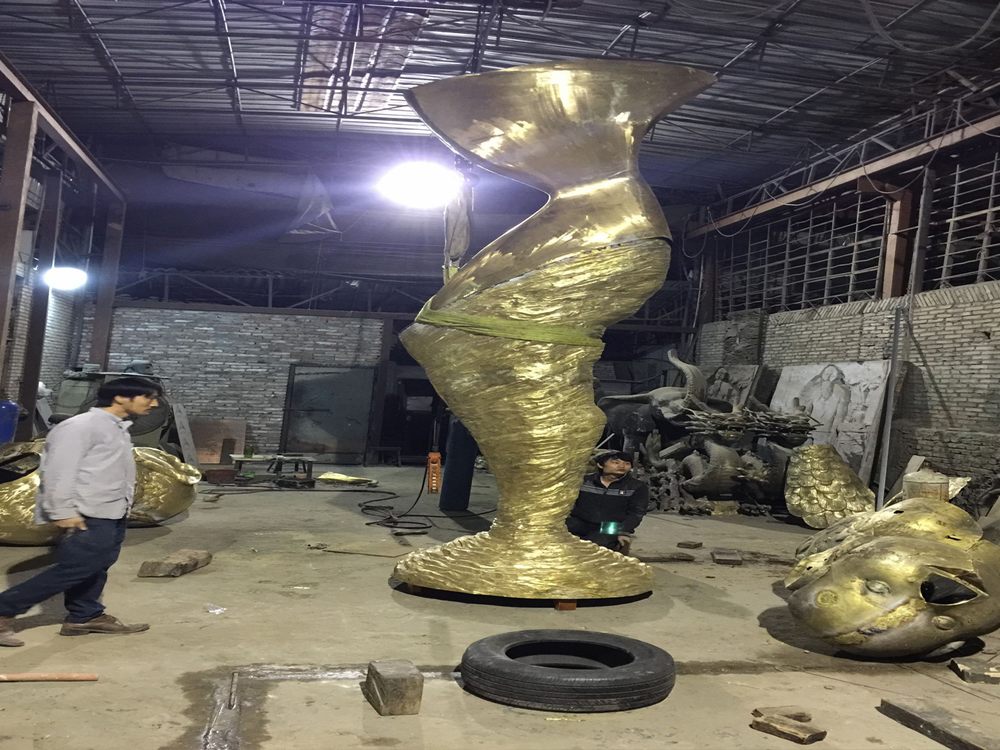
Stone sculptures, especially those displayed in public spaces, are vulnerable to vandalism. Protecting these artworks requires a combination of physical, technological, and community-based strategies. Here are the most effective methods:
1. Physical Barriers: Install protective barriers like fences, glass cases, or raised platforms to deter direct contact. Transparent materials can maintain visibility while offering protection.
2. Surveillance Systems: Use security cameras and motion sensors to monitor high-risk areas. Visible cameras act as a deterrent, while recorded footage aids in identifying vandals.
3. Durable Materials: Opt for harder stone types like granite or treated surfaces that resist scratches and graffiti. Anti-graffiti coatings can make cleanup easier.
4. Lighting and Visibility: Ensure sculptures are well-lit at night. Bright lighting discourages vandalism by increasing the risk of detection.
5. Community Involvement: Engage local communities through education and art appreciation programs. When people value the sculptures, they’re more likely to protect them.
6. Regular Maintenance: Promptly repair any damage to prevent further vandalism. A well-maintained sculpture signals care and oversight.
By combining these approaches, stone sculptures can be preserved for future generations while minimizing the risk of vandalism.

